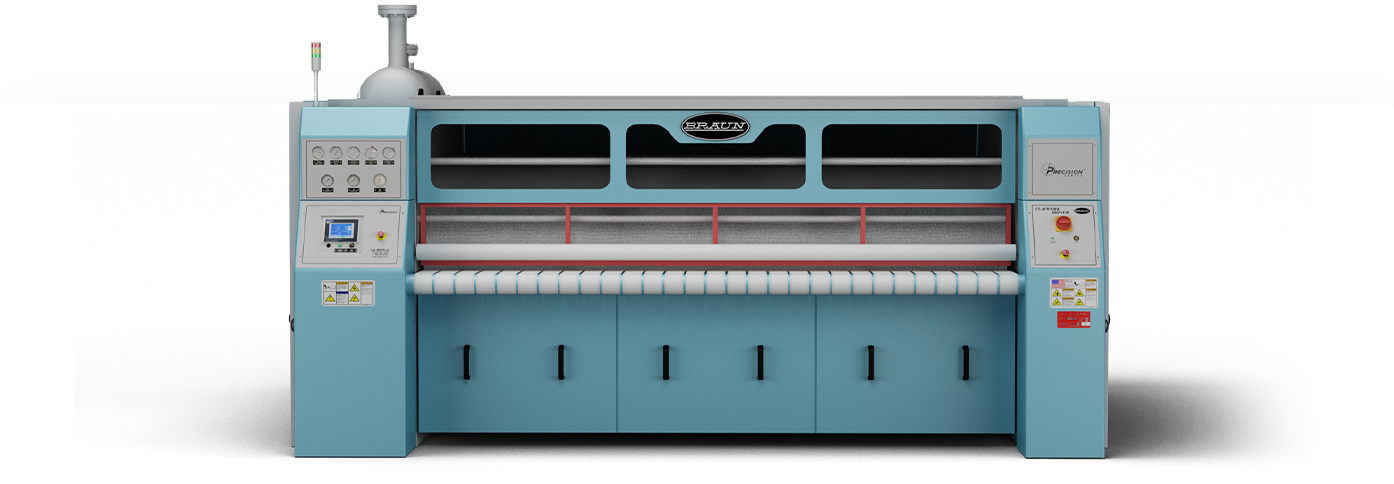
Flatwork Billing
About
Flatwork Billing
Topper has been in the linen supply business since 1956. Suppliers have introduced different methods for charging for flatwork service. The fundamental challenge is to create a system that is fair to the customer but which also allows the supplier to operate efficiently in order to offer the service to the customer at a very competitive and affordable cost.

The Topper Flatwork System
When a customer begins, he is setting a total inventory of pieces comprised of:
At times, the customer may request the inventory quantity to be increased (high usage periods) or reduced (low usage periods) to reflect the demand and actual usage. The invoice will reflect any such change.
Example
The customer estimates 1000 napkins used per week. The actual usage will vary to some degree, sometimes less than 1000 and sometimes more.
An approximately similar number of soiled napkins will be at the supplier’s plant, being laundered and readied for the next week’s delivery. The inventory so far is 2000.
Plus, the customer needs an additional quantity on hand (the “shelf/tables” quantity) to cover for unforeseen demand above the estimated 1000 usage, say 300 napkins (about 30 percent of average usage). The exact shelf/tables quantity can be worked out with the customer.
Thus, the total number of pieces in circulation would be 2000 total inventory estimated usage, plus 300 “shelf/tables,” totaling an inventory of 2300 pieces available to the customer. Topper charges for a minimum percentage of that inventory.
Note
The “shelf/tables” quantity is important for any business person who does not want to unexpectedly run out of merchandise. For businesses with steady traffic week in and week out, the shelf quantity can be minimal. But businesses with spikes in traffic are advised to carry a larger shelf quantity. The final decision is the customer’s, but cutting it too close often does not work out well. When periods of reduced demand occur, the customer is free to adjust the overall inventory to better reflect the demand and reduce costs.



